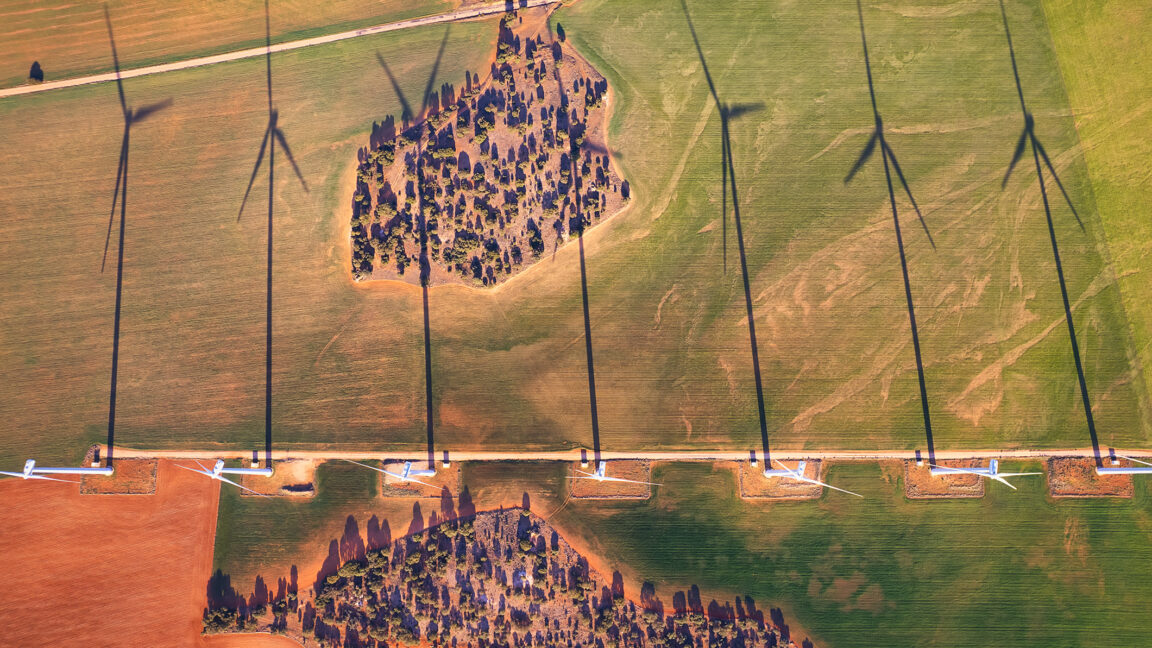Since the Iberian Peninsula l ost power in a massive blackout , grid operators are in the process of trying to restore power to millions of customers and businesses. As you might imagine, the process—termed a "black start"—is quite a bit more challenging than flicking on a switch. However, the challenge is made considerably more difficult because nearly everything about the system—from the management hardware that remotely controls the performance of the grid to the power plants themselves—needs power to operate.
Restarting the grid You might think that a power plant could easily start generating power, but in reality, only a limited number of facilities have everything they need to handle a black start. That's because it takes power to make power. Facilities that boil water have lots of powered pumps and valves, coal plants need to pulverize the fuel and move it to where it's burned, etc.

In most cases, black-start-rated plants have a diesel generator present to supply enough power to get the plant operating. These tend to be smaller plants, since they require proportionally smaller diesel generators. The initial output of these black start facilities is then used to provide power to all the plants that need an external power source to operate.
This has to be managed in a way that ensures that only other power plants get the first electrons to start moving on the grid, otherwise the normal demand would immediately overwhelm the limited number of small plants that are operating. Again, this has to be handled by facilities that need power in order to control the flow of energy across the grid. This is why managing the grid will never be as simple as "put the hardware on the Internet and control it remotely," given that the Internet also needs power to operate.
It's possible to manage some of this with power brought in from neighboring grids outside the blackout zone. But this also requires that the grid interconnections be isolated from the demand on the blackout side of the connection, and send their power directly to idle power plants. Once sufficient plants are online, a small subset of the grid will be powered, and the plants can manage the synchronization of their alternating current outputs to a single frequency.
At this point, it's possible to start meeting demand. But demand can be massive. Grid failures tend to happen when the grid is stressed by unusually high power demand, such as when heat waves drive high levels of air conditioning use.
This means that a lot of the hardware that would be using the electricity is connected and switched on, just waiting for the electrons to appear. Letting all this hardware make demands at once would likely lead to an immediate grid failure and return to blackout conditions. The problem is maintaining the grid's frequency.
You can think of each bit of power-using hardware as a source of friction that would slow the frequency down, while each generator can potentially speed the grid back up. In many cases, this "slow things down" is literal—the frequency is the product of large chunks of metal spinning around inside of generators, and they will spin more slowly under higher demand. In any case, everything from small electronics to massive industrial equipment can be damaged if electricity is provided at the wrong frequency.
Because of this, the grid has lots of protections built in that will shut things down if the frequency wanders too much. So, the grid operators need to estimate how much demand different grid sections have waiting to be fulfilled, and begin a delicate choreography of bringing portions of the grid online while matching them with additional generating capacity. Failure to do so may bring the whole system back to its present state.
Local conditions While the grids in Spain and Portugal are connected to each other, they have limited connections to elsewhere. The only sources of external power to the grid come from France and Morocco, which are small connections, but they could be used to help black start some plants. Both blacked-out countries have significant hydropower, with Spain seeing it cover 10 percent of its demand and Portugal 25 percent.
That's useful because hydro plants need very little in the way of an external power supply to start operating. Beyond that, both countries have invested heavily in renewables, with Portugal supplying about half of its power from wind and hydro, having closed its last coal plant in 2021. Spain receives about 40 percent of its power from renewables at present.
Solar is not an ideal power source for black-starting the grid, given that it's unavailable for a significant chunk of the day. But solar panels produce direct current, with electronic systems matching it to the alternating current of the grid. With the right electronics, it can play a key role in keeping frequencies stable as grid segments are repowered.
In productive areas, wind can provide black start power to other plants, and doesn't need much external power to begin operations. It's unclear, however, whether the local wind hardware is equipped for black starts, or if the local weather will cooperate (a quick check of the weather in various cities suggests it's relatively calm there). Batteries have the potential to be incredibly helpful, since they also provide direct current that can be converted to any frequency needed, and so used for both starting up power plants or for frequency stabilization as segments of the grid are brought back online.
Unfortunately, neither country has installed much grid-scale battery hardware yet. That's expected to change over the next few years in parallel with dramatically expanded solar power. But, at the moment, batteries will not be a huge help.
Regardless of how precisely the grid operators manage to handle this task in Spain and Portugal, they face a monumental challenge at the moment. If you're seeing estimates of several days for the restoration of power, it's because failing to meet this challenge will leave things back in the state they're in now..
Technology

Spain is about to face the challenge of a “black start”

Major power facilities require power to operate, and there's lots of unmet demand.















